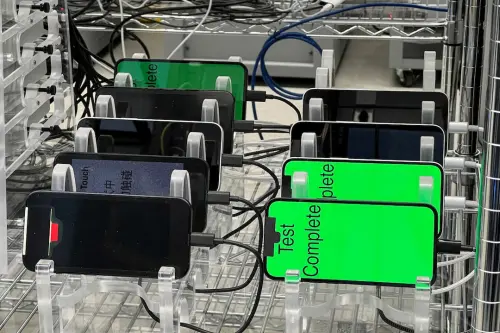On Wednesday, Apple launched the iPhone 16e, a budget-friendly smartphone equipped with artificial intelligence, aimed at attracting mid-market customers in key growth regions like China and India. The new phone, dropping the SE branding, will compete with popular Android devices offering AI features from rivals like Samsung and Huawei.
Priced at $599, a $170 increase from its predecessor, the 16e resembles Apple's high-end models with enhanced features, including a potent chip to power Apple Intelligence and access to ChatGPT. Despite lacking a wide-angle camera and one button, the 16e closely resembles its more expensive counterparts.
Past declines in Apple's phone sales, particularly in the budget segment, have driven this strategic move. Analysts anticipate the iPhone 16e will help Apple regain market share in regions where upfront phone costs matter, such as Europe and China, with its A18 chip and support for Apple Intelligence.
Featuring a 48-megapixel camera system with two lenses, the iPhone 16e includes the C1 chip for cellular connectivity and supports Apple's AI capabilities. Notable design changes from its predecessors include a notch above the screen for the front camera and the absence of a wide-angle lens.
The iPhone 16e introduces a 6.1-inch display, Face ID instead of a physical home button, and pre-orders for 59 countries including the U.S., China, and India starting February 21. It will be the first iPhone to transition to the USB Type-C port for charging, aligning with EU standards that led to the discontinuation of prior models.
